Stomach Ulcer Test (H Pylori)
£10.99 Original price was: £10.99.£9.99Current price is: £9.99.
- Helicobacter pylori (H pylori) is a major cause of stomach ulcers
- identifies the presence of Helicobacter Pylori
- result within 30 minutes
Stomach ulcer test kit for the detection of H pylori infection
If you suffer from indigestion, heartburn or stomach pains, you may well have a stomach ulcer. This easy-to-use stomach ulcer test kit identifies the presence of Helicobacter Pylori. This home health test checks for the presence of an infection caused by the Helicobacter pylori. The antibodies against Helicobacter pylori are usually absent in people who have never contracted that infection.
The bacterium Helicobacter pylori (H pylori) is a major cause of stomach ulcers. If you suspect that you do have a stomach ulcer, this simple test will help you identify if Helicobacter Pylori is present. Infection can take place in both adults and children. Once identified, the infection can be quickly and successfully treated by your GP with antibiotics.
It is important to identify H pylori infection. The presence of the bug can weaken the protective coating of your stomach and intestines. This can expose sensitive tissue to stomach acid, increasing the risk of both ulcers and cancer.
This test is a quick, simple, sensitive and reliable indicator of infection with H. pylori. All you need is a finger prick blood drop and you will have a result within 30 minutes.
Why it is important to test
It is important to identify H pylori infection. In first world countries the level of infection ranges between 20 and 50%. The bacterium is usually picked up during childhood and can last a lifetime unless treated. Often people show no obvious symptoms of infection. The presence of the bug can weaken the protective coating of your stomach and intestines. This can expose sensitive tissue to stomach acid, increasing the risk of both ulcers and cancer.
The bacterium Helicobacter pylori grows in the gastric mucosa, where it can damage it to the point of causing stomach ulcers. The associated disturbances are gastritis and burning sensation in the stomach, even if more than 50% of the infections are without symptoms. This infection can be treated easily with specific antibiotics.
Checking the presence of antibodies against Helicobacter pylori is a very good tool for verifying our own health status and eventually taking the required preventive actions. In fact, an untreated infection can increase the probability of developing stomach cancer.
How do I perform the test?
Prick your finger quickly and easily with the micro-lancet. Put a small drop of blood on the test strip. Add the buffer solution. After 30 seconds the result of appears in the test window. The appearance of two lines in the test window signifies a positive result.
The test works by using an immunology reaction that verifies the presence of specific antibodies against Helicobacter pylori.

1. OPEN
Tear the protective pouch (from the notch) and only get out the device and the pipette. Dispose of the small desiccant bag. Push the orange small rod into the body of the lancet until hearing a CLICK indicating the device is activated. Be careful not to push the trigger because the needle can come out too early.

2. LANCET
Remove the orange rod by turning it on the left or on the right.

3. PRICK
Strongly press the extremity of the lancet on the part of the finger which is cleaned with alcohol in order to obtain a very good contact. Press on the trigger button. The tip retracts automatically and safely after use.

4. BLOOD
Keeping the hand down and massage the end that was stung to obtain a blood drop.

5. PIPETTE
Without pressing the pipette bulb, put it in contact with the drop. The blood migrates into the pipette through the capillarity to the line indicated on the pipette. You may massage again your finger to obtain more blood if the line is not reached. As far as possible, avoid of air bubbles.

6. TEST
Put the blood collected with the pipette into the sample well of the device, by pressing on the pipette bulb.

7. WAIT
Wait for the blood totally being dispensed in the well. Using the dropper bottle, add 5 drops of diluent into the sample well of the device. READ THE RESULT AFTER 10 MINUTES. DO NOT READ THE RESULT AFTER 15 MINUTES. The intensity of the line colour does not have any importance for the interpretation of the test result.

8. POSITIVE RESULT
Two coloured lines appear in the window under the marks T (Test) and C (Control). The intensity of the line T may be clearer than the intensity of the line C. This result means that the there is the presence of the antibodies anti-HP in blood and that you should consult a doctor.

9. NEGATIVE RESULT
Only one coloured line appears under the mark C (Control). This result means that the presence of the antibodies anti-HP in blood was not detectable.
KIT CONTENTS:
1 sealed aluminium pouch containing: 1 device for the test and desiccant, 1 dropper vial containing 0.5 ml of diluent, 1 painless sterile lancet for blood sampling, instructions for use.
More information about H Pylori
What is H pylori?
H pylori is a bacterium. It is found in the stomach wall. H pylori, if left untreated, can be the cause of gastritis, peptic ulcers in the stomach and small intestine and stomach cancer
Gastritis
Irritation and swelling of the stomach lining can be a common problem caused by H pylori infection. However a lot of people live without any awareness that they have an infection, as they show no obvious symptoms.
Ulcer of the small intestine
An ulcer of the small intestine will affect only about 15% of those people infected with H pylori. However, anybody who does have a small intestine ulcer will almost certainly have an H pylori infection too. The ulcer can be treated, at the same time as the infection, to stop the ulcer coming back. A small intestine ulcer is nearly 3 times more common than a stomach ulcer.
Stomach ulcers
Treatment with antacids can help relieve the burning pain associated with stomach ulcers.
Stomach Cancer
Cancer of the stomach accounts for around 2% of all cancers in the UK, according to information produced Cancer Research UK in April 2011. Various studies have identified a link between stomach cancer and long-term H pylori infection.
Diagnosis of Helicobacter pylori infection
A number of techniques can be employed to detect Helicobacter pylori (H pylori) infections. The Zoom Health stomach ulcers test is a blood test that looks for antibodies. This test is generally more reliable than a saliva test. However, because antibody levels can remain high for some time after successful treatment, a positive result may still occur even over a year later.
It is generally advised that all patients with ulcers of the stomach or small intestine should be treated to remove H pylori infection. 9 times out of 10, treatment is successful patients with very low re-infection rates.
Related Products
Additional information
| Location | A1 |
|---|
7 reviews for Stomach Ulcer Test (H Pylori)
| 5 star | 85 | 85% |
| 4 star | 0% | |
| 3 star | 14 | 14% |
| 2 star | 0% | |
| 1 star | 0% |

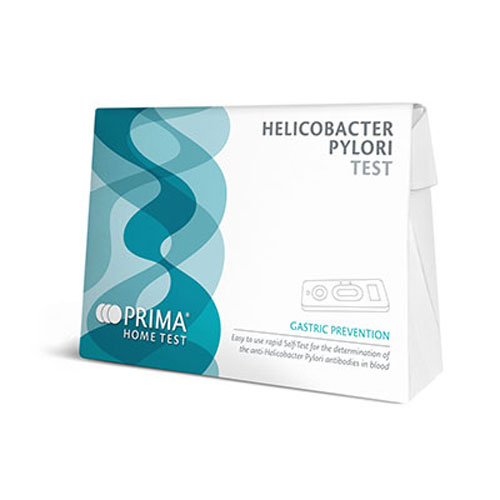
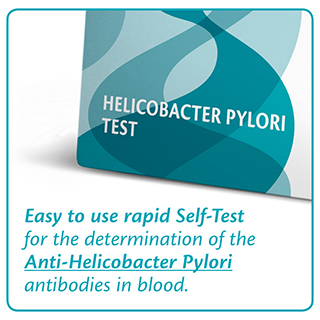
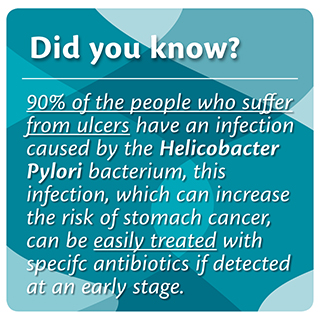
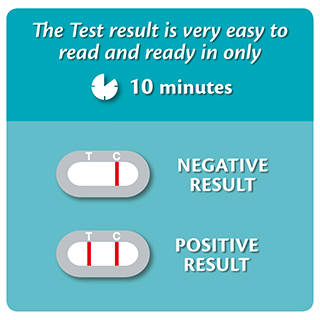




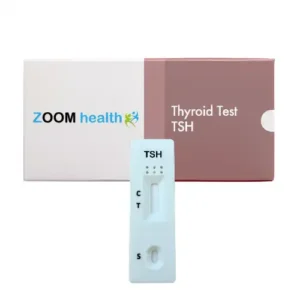
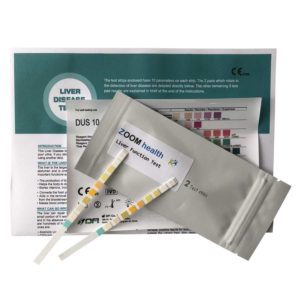
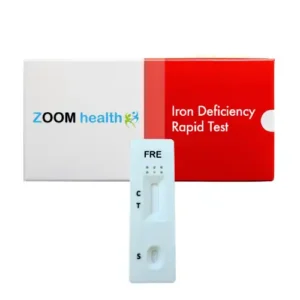
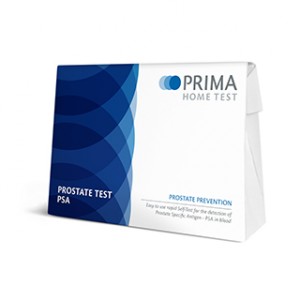
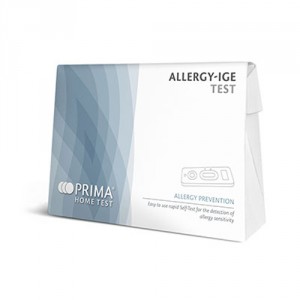
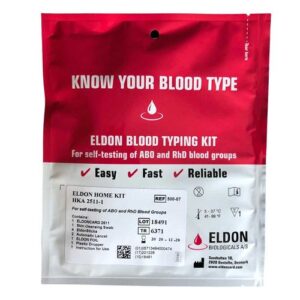
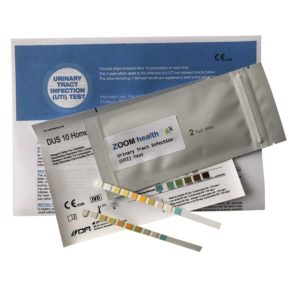
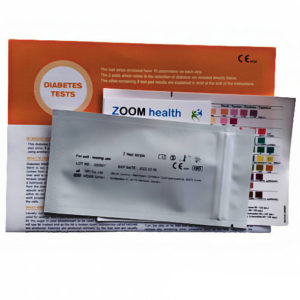

Laura (verified owner) –
This test was so easy to perform and with the positive result now we can follow up for treatment. Thank you !
Anonymous (verified owner) –
Anonymous (verified owner) –
john fagan (verified owner) –
very good clear result would buy again when necessary
Helene Savva (verified owner) –
The needle system did not work and the plastic tube to direct the blood to the test unit useless. You need plenty of blood iwhen you can just drop the blood directly. The notice in english but not french. As i live in France, not pratic to explain to my french friend !
So improvements can be made. Results in itself seem to précise. We will check with the physicien as the positif was very faint. Received rapidely.
EWa (verified owner) –
Easy to use and fast results.
Lewis –
Took 2 H Pylori tests, both came out negative. Look I’ve bought 2 tests and you’ve made your profit. I need to get a diagnosis so I can fix the symptoms that are making my life hell. Please tell me how accurate these tests are, if at all.
Sue (verified owner) –
This product was very easy to use fast results aswell especially for me as I don’t like going to the Drs as I’m a bit of a germophobe! Highly recommended for anyone who is worried about the h pylori virus. Big thumbs up.